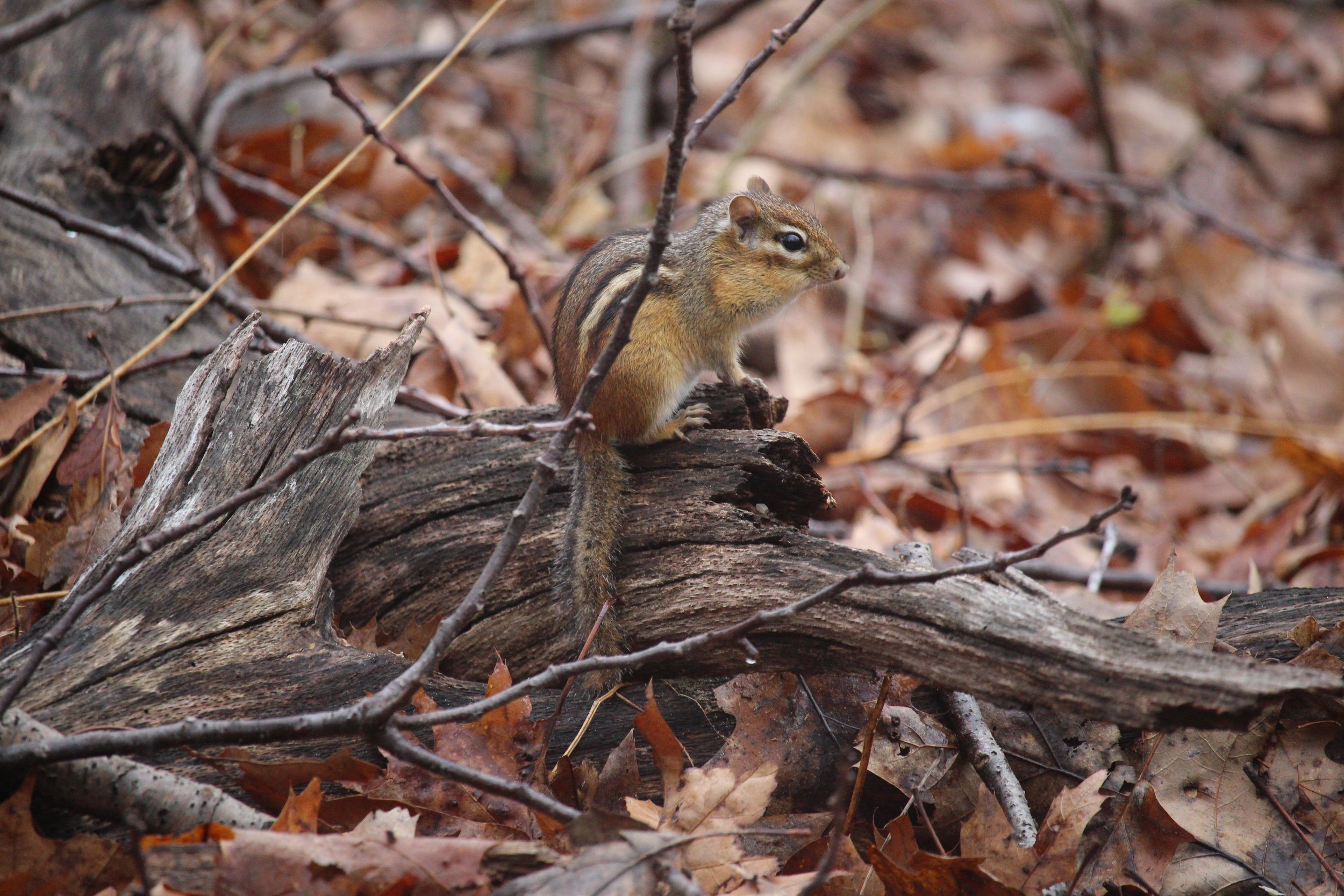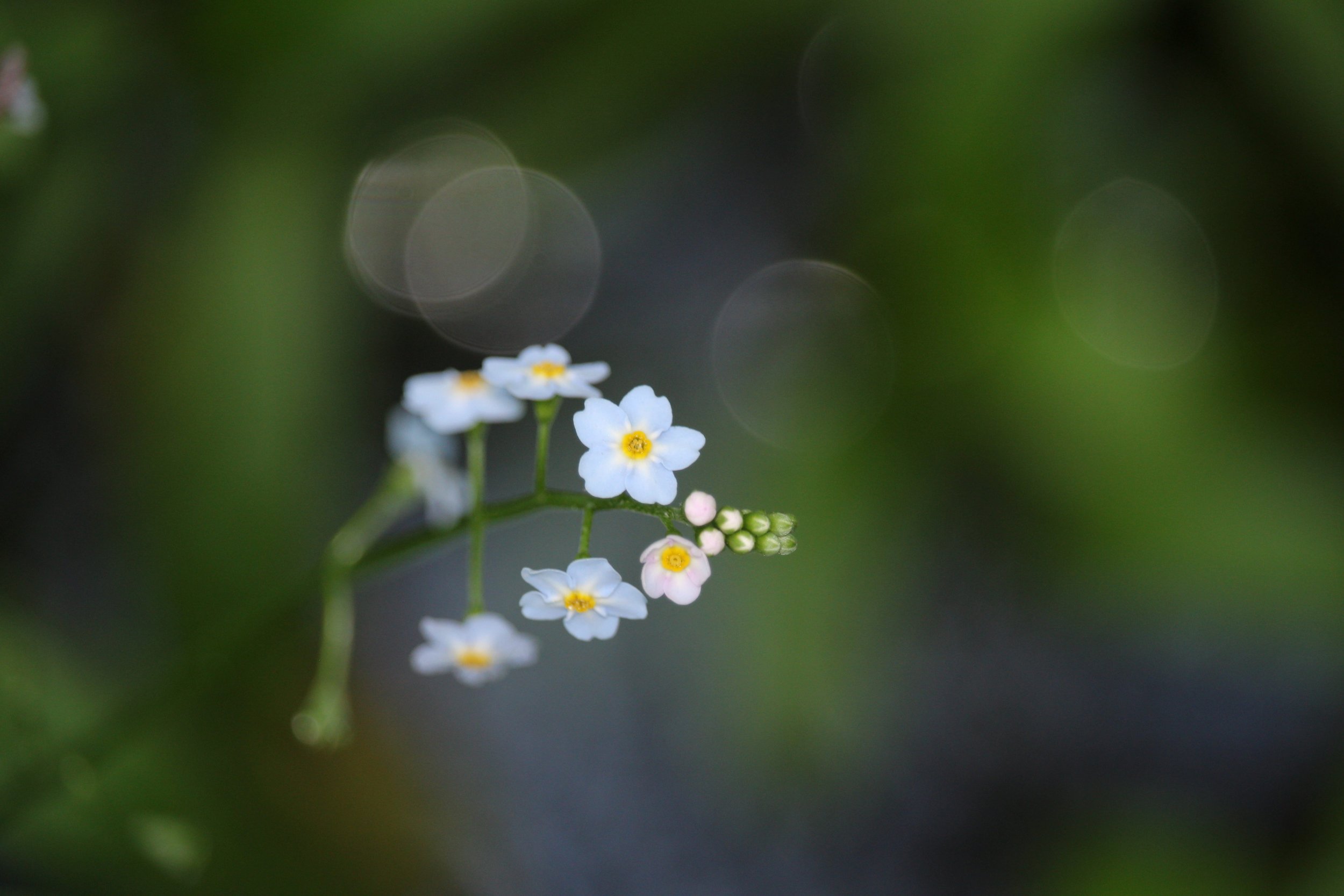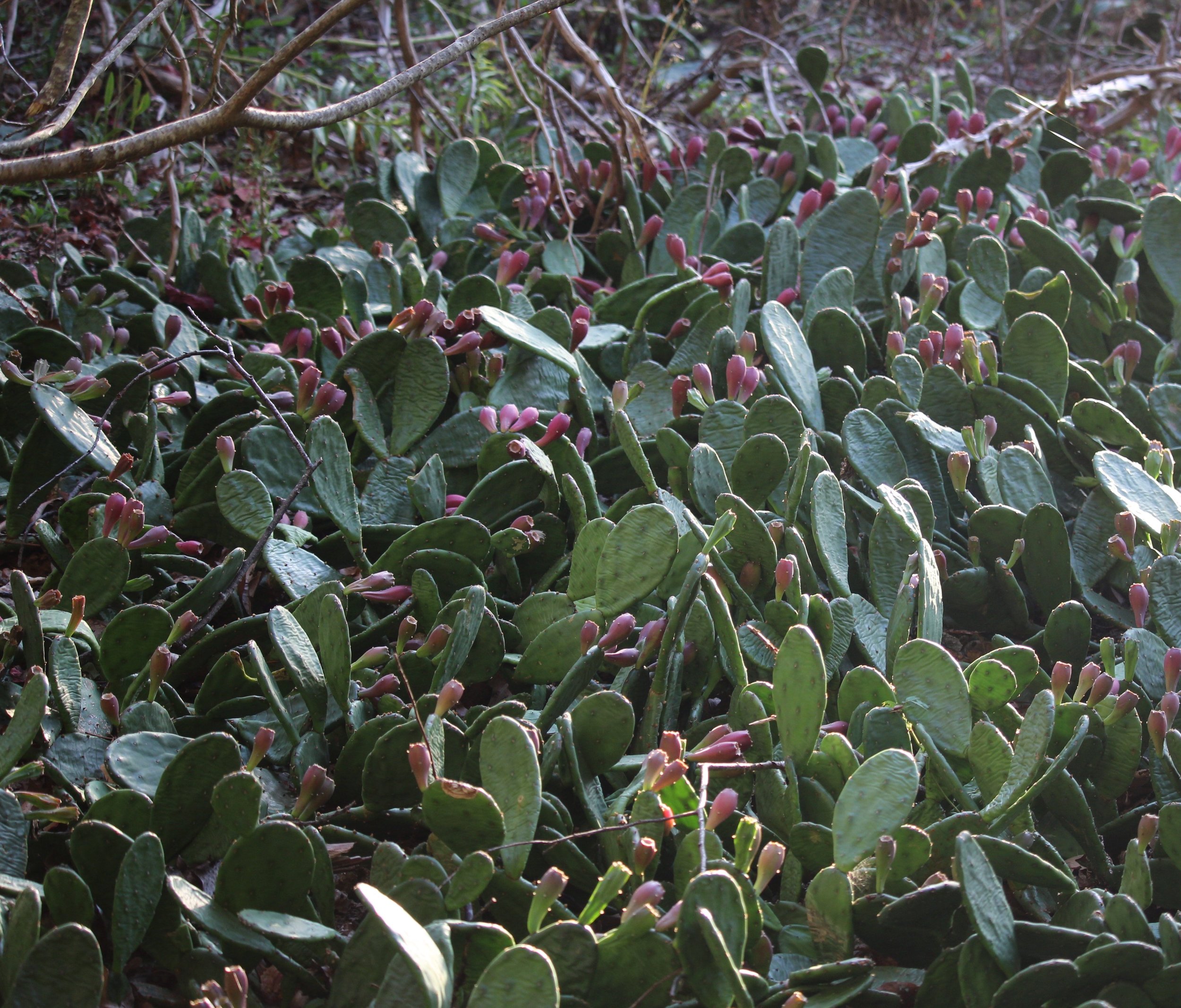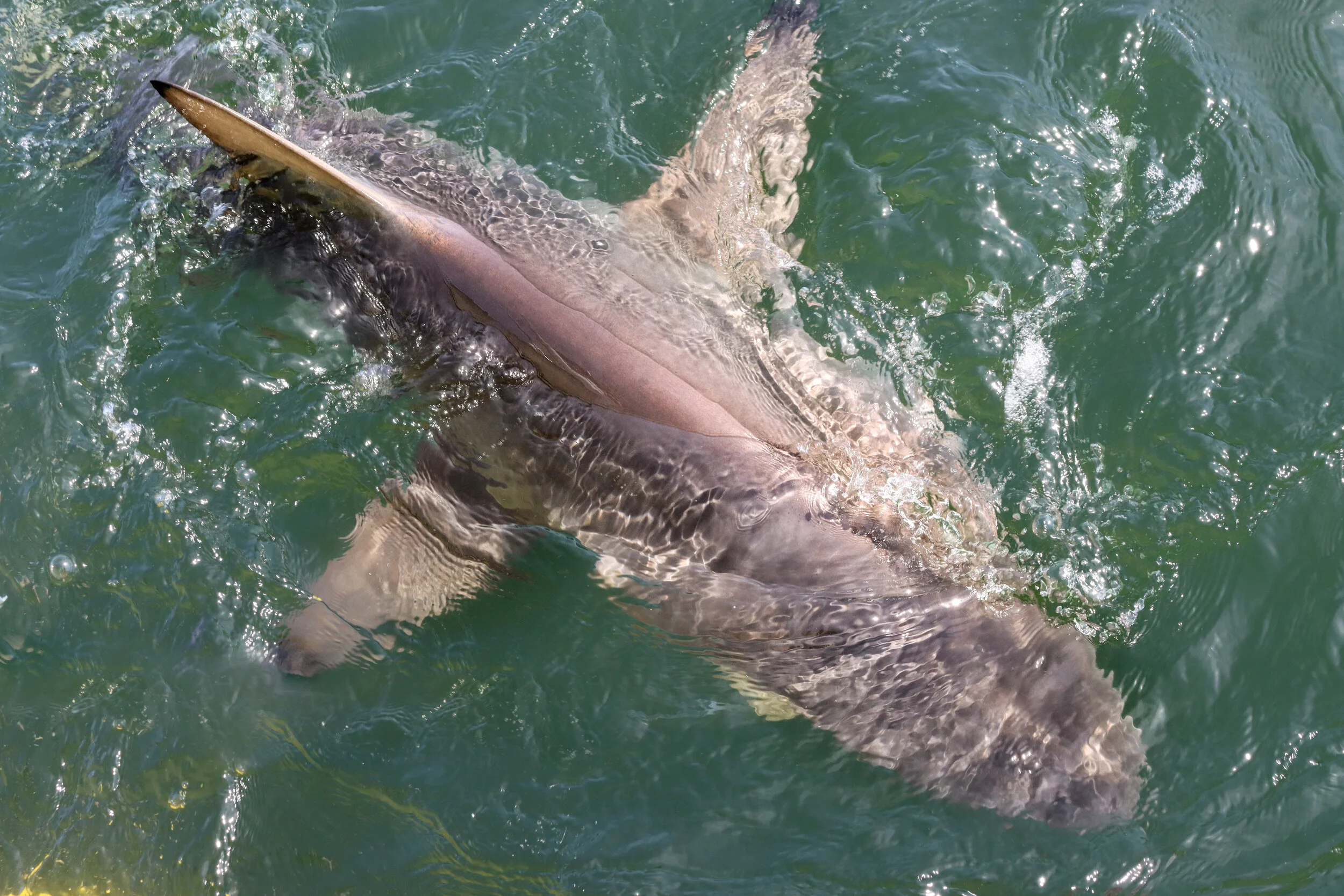Long Island’s Trees of Christmas Past, Present & Future
Words and Photography by Rich Nardo
In the dead of winter, very few traditions help cope with the cold better than snuggling up by a fire, admiring a beautifully decorated Christmas Tree. The evergreen tree thrives long after most other greenery has gone dormant until the Spring, and there is something inspiring about that. Ancient Pagans used Fir branches to decorate their homes during the winter solstice as a reminder that Spring would return soon enough and Romans would use them to decorate their temples at the festival of Saturnalia. Most notably, Christians bring them into their homes each December as a sign of their everlasting life with God.
There are approximately 350 million Christmas trees currently growing on farms across the country and an estimated 25-30 million of those are sold every year. Right here on Long Island, Christmas Tree farms have long been a staple of our East End. When you bring a Christmas Tree into your home, you’re doing a small part to help the environment (more on this later) and, if you’re buying your tree from a local farm, you’re also helping to boost the local economy.
In the spirit of Christmas, this article will discuss Long Island’s evergreens at Christmas time from three angles: (1) Christmas past, (2) Christmas present and (3) Christmas future.
Old Field, Long Island. Photo by Rich Nardo
Trees of Christmas Past - Long Island’s Pine Barrens
“…many a good day or half-day did I have, wandering through those solitary
cross-roads, inhaling the peculiar and wild aroma.” - Walt Whitman
Okay, so the Pine Barrens aren’t exactly Christmas tree related. They’re mostly home to Pitch Pines, which don’t usually find their way into people’s living rooms. They’re also not exactly ‘past’ as they are just as important to Long Island now as they ever were. However, being that, (1) this is a site dedicated to the Long Island outdoors and (2) the Pine Barrens have been integral to the Long Island ecosystem for over 15,000 years, dedicating the Trees of Christmas Past section to teh Pine Barrens felt appropriate.
The Pine Barrens make up over 100,000 acres of land in Suffolk County. They are home to thousands of types of plants and animals, providing a safe spot for many endangered or threatened species. In fact, the Pine Barrens have the greatest diversity of plant and animal species anywhere in the state of New York.
In addition to its diversity of species, the Pine Barrens also play host to a wide array of ecosystems. The dominant upland areas contain a huge population of Pitch Pine, which gives the region its name. In this area, black, scarlet and white oak trees also dot the upper levels of the canopy and below that there is a healthy shrub and dwarf chestnut oak population. The forest floor is also teeming with lichens and wildflowers. As you get closer to the coasts, the Barrens contain wetland communities such as marshes, heath bogs, red maple swamps and the rare and beautiful Atlantic white cedar swamps. These coastal areas are home to a great deal of biodiversity, including several interesting species of plants - such as Prickly Pear (the cactus that lives furthest north in the United States), several insectivorous species and more than a dozen types of orchids.
In addition to being an important ecosystem with some of the best hiking opportunities on Long Island (a guide to hiking in the Pine Barrens can be found here), The Pine Barrens are also home to a system of underground reservoirs that provide nearly all of Long Island’s drinking water. While these aquifers are considered amongst the purest in the region, the current push for land development is threatening the water quality levels. Much of the land is now federally protected and a joint effort by the U.S. Geological Survey (USGS), the Central Pine Barrens Commission, The Suffolk County Water Authority and Department of Health Services, the New York State Department of Conservation and the town of Brookhaven is in place to provide long-term water quality management.





Tremendous biodiversity exists at the floor level of the Pine Barrens. All photos by Rich Nardo
Trees of Christmas Present - Long Island’s Christmas Tree Farms
The Spruce and Fir trees that we bring into our homes each December are an important renewable, and recyclable, resource. Christmas tree farms provide clean air, wildlife habitat and erosion control. Artificial trees contains non-biodegradable plastics, and sometimes metal toxins such as lead, that can remain in landfills for centuries. For every tree that is cut down for Christmas, one to three new seedlings are planted the next Spring, so by buying a tree you’re helping to make room for future trees and contributing to the success of the region. Christmas Tree farms are also an important part of the local economy, and as big box chain stores continue to attempt to undercut local growers and distributors, cutting down your own tree or buying from a local store is helping to support your community.
When Long Islanders buy their trees, chances are they came from a local farm on eastern Long Island. In fact, a growing number of people are choosing to visit one of these farms and cut down their trees themselves. At a time of year when chances to go out and get fresh air seem to be limited, this is a great opportunity to have an outdoors adventure with your family and a lot of these farms convert a portion of the farm to a winter wonderland where visitors can spend the day enjoying games, food, drink and other activities.
If you’re interested in cutting down your own tree this winter, The Long Island Pulse has a great guide of where you can do so.
Two pitch pines at sunset. Photo by Rich Nardo
Our Christmas Tree
Trees of Christmas Future - Recycling Your Tree
As if doing your part for the local environment by buying a real tree wasn’t enough, they can also serve a purpose after the decorations are packed up and you begin to look forward to the new year.
Here are several ways in which, Christmas trees are recycled every year.
Rebuilding & Maintaining Sand Dunes
Evergreen trees are a great way to help prevent beach erosions. After Hurricane Sandy ravaged Long Beach in 2012, people donated their trees to be buried in an effort to help rebuild the beach. These naturally built-up dunes often outperform those that are artificially constructed. Healthy dunes are important in protecting local homes and businesses and provide a great habitat for shorebirds and other wildlife.
Rebuilding Stream Banks
Discarded trees can be used to restore stream banks and help improve the habitat for local fisheries. This process is called ‘evergreen stream revetments’ and involves anchoring the Christmas tree to key areas of eroded streams in an effort to slow down the process of erosion and help reestablish sediment banks. Biologists have learned that submerging Christmas trees in ponds or lakes can also create great habitat for local fish. The small limbs give shelter for small or juvenile fish, allowing them to hide from predators. This method of recycling your Christmas tree also promotes algae and insects population growth, which provides an important food source for fish.
Tree-cycling
In urban areas in particular, a growing number of people choose to “tree-cycle”. This means donating your tree to be chipped into mulch for parks and gardens. New York City hosts a big event called Mulchfest in early January where residents can drop off their tree to be chipped. You can take home a bag of mulch from your tree to use in your own garden or donate it for use in one of the hundred of New York City parks. Mulchfest has been a tremendous success and received over 26,000 trees in 2017.
For every Christmas tree cut down on a farm, 3 more saplings are replanted the following Spring. Photo by Rich Nardo
This year, while your unwrapping your gifts, you can take pride in the fact that you actually helped the environment and local businesses by purchasing your tree.
Happy Holidays and have a great New Years!
Resources:
Long Island Pulse Article on East End Christmas Tree Farms: http://lipulse.com/2016/12/01/7-of-the-best-east-end-christmas-tree-farms/
Newsday Article on East End Christmas Tree Farms: https://www.newsday.com/long-island/suffolk/christmas-tree-1.24244978
ABC 7 Report on hristmas Tree Farms in NY:
https://abc7ny.com/society/small-christmas-tree-vendors-battling-box-store-competition/4847773/
Northforker Article on Cutting Down Your Own Christmas Tree:
http://northforker.com/2018/11/23/tis-season-cutting-trees-north-fork/
Nature.org Blog on on Recycling Christmas Trees:
https://blog.nature.org/science/2017/12/19/five-surprising-ways-your-christmas-tree-give-back-after-holidays-recycle/
Pine Barrens Organization: https://www.pinebarrens.org/history-of-the-pine-barrens/
NY State Reference Report on Pine Barrens Aquifers: https://pb.state.ny.us/our-work/scientific-research/surface-water-and-groundwater/
NRDC Article on Preserving Open Space While Developing Land:
https://www.nrdc.org/experts/mark-izeman/can-farming-and-open-space-protections-coexist
Article on History of Christmas Tree Customs: https://www.whychristmas.com/customs/trees.shtml
Real Christmas Tree Article on Facts About Christmas Trees:
http://www.realchristmastrees.org/dnn/Education/Quick-Tree-Facts














Ask any wildlife photographer or explore based on Long Island and they’ll tell you that our home turf does not get nearly the credit it deserves when it comes to species diversity. In fact, I think it’s safe to say that most people think Long Island has a couple of raccoons, a possum here and there, and way too many deer out east and that basically sums it up.
This couldn’t be further from the truth. So for this article, we worked with some of the best wildlife photographers based on Long Island to highlight 10 species that most people might not know we have here.